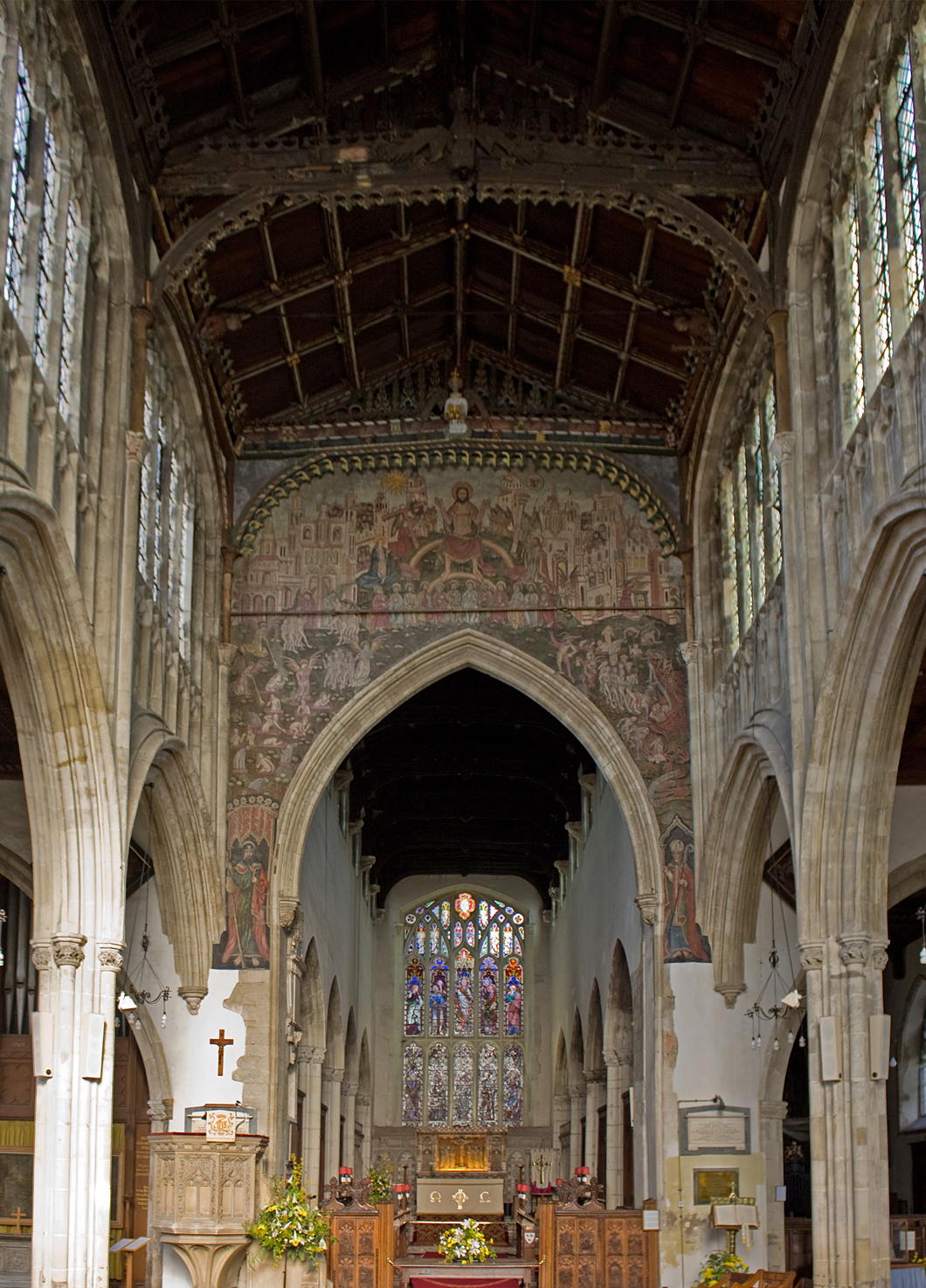2020 February
About Andrew Cusack
 Writer, web designer, etc.; born in New York; educated in Argentina, Scotland, and South Africa; now based in London.
Writer, web designer, etc.; born in New York; educated in Argentina, Scotland, and South Africa; now based in London. read more
News
Blogs
Reviews & Periodicals
Arts & Design
World
France
Mitteleuropa
Knickerbockers
Argentina
The Levant
Africa
Cape of Good Hope
Netherlands
Scandinavia
Québec
India
Muscovy
Germany
Academica
Notre-Dame de Paris

Eugène Viollet-le-Duc
1844
Portsmouth Pachyderm

Leach (centre) on being made cadet captain at the Royal Australian Naval College in 1944
A delightful episode is relayed in the Daily Telegraph’s obituary of the late Vice-Admiral David Leach of the Royal Australian Navy.
Leach was the last RAN Chief of Naval Staff to have served in the Second World War but the incident in question dates from the 1950s when he was at the gunnery school in Whale Island in Portsmouth Harbour here in England:
In 1955 he was the course officer for a class of sub-lieutenants who decided to have some fun on their last morning parade, on April 1, by bringing a circus elephant on to the island. The duty officer, warned of the elephant’s approach by the bridge sentry, thought that his leg was being pulled and gave the order to let the pachyderm proceed.
Subsequently the class marched on to the parade ground with the elephant in their midst, surmounted by a mahout dressed as a sub-lieutenant. The beast, being well-trained, picked up the band’s marching step nicely, but Captain “Bunjey” Rutherford, the saluting officer in command of Whale Island, was not amused.
Leach had not been party to the April Fool’s joke, but later that morning, when he took the class results to the captain, he had placed Sub-Lieutenant L E Fant at the top. Rutherford was still not amused, demanding “Fant? Fant? Who’s this feller, Fant?” When the news reached the Admiralty, the Second Sea Lord took a personal interest and called Rutherford to announce, somewhat unkindly: “This is a trunk call.”
R.I.P.
Doom in Bloom
Such paintings were widespread in Catholic England where they served as a vital reminder to the faithful worshipping below of not just the torments of Hell but also the joys of Heaven. In the aftermath of the Protestant revolt, however, such vivid imagery was frowned upon, and the Salisbury Doom was painted over with limewash in 1593. Christ in Majesty was replaced by the royal arms of the usurper queen, Elizabeth I.
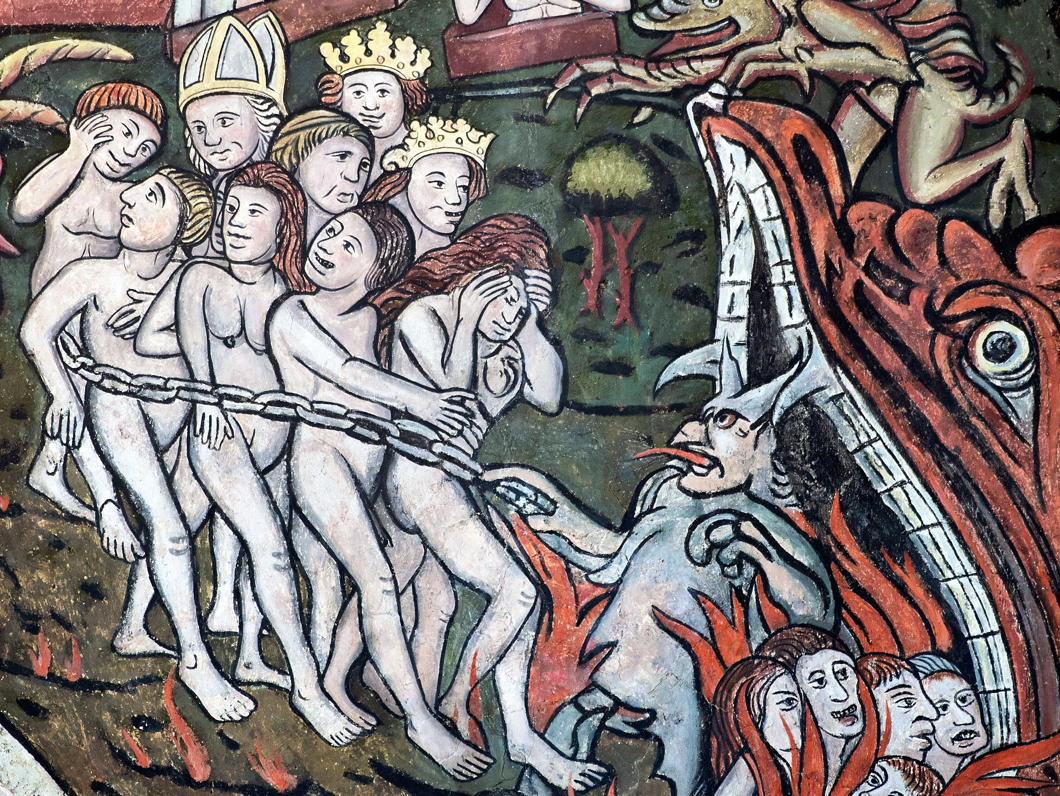
It was then forgotten about til its rediscovery in 1819 when hints of colour were discovered behind the royal arms. The limewash was removed, the remnants of the painting were revealed, recorded by a local artist, and then covered over yet again in white. Finally in 1881 the Doom was revealed to the world and subject to a Victorian attempt at restoration with mixed results.
Work on the church’s ceiling in the 1990s allowed experts to better examine the Doom which determined that, while there was a bit of fading, dirt was hanging loosely to the painting and it would be ripe for restoration. It has only been more recently, however, that money has been raised to restore the Doom.
There are other glories in this church yet to be restored, about which more information can be found on the parish’s website.
The Salisbury Doom before restoration (above) and after (below).
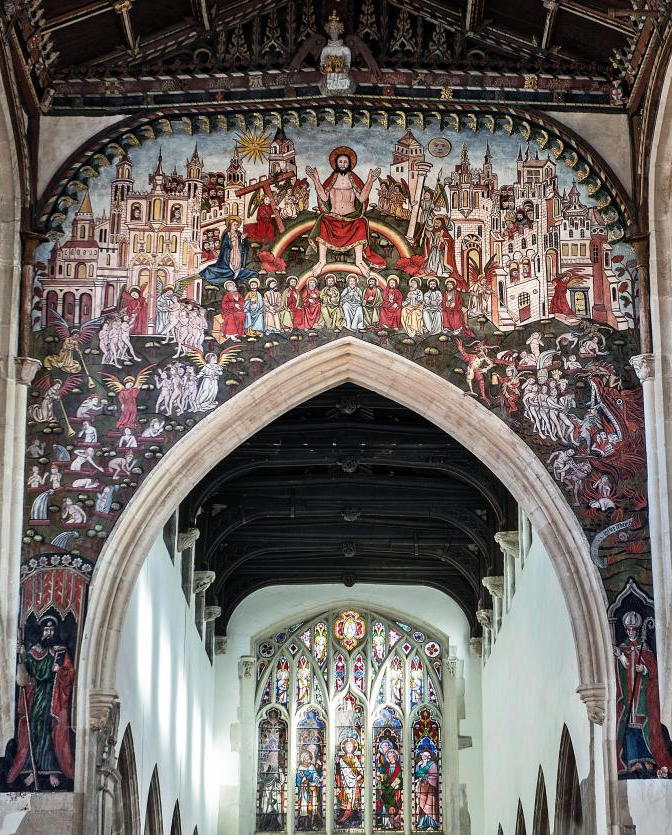
‘Solving’ Middle Europe
Ralph Adams Cram’s First-World-War Plan for Redrawing Borders
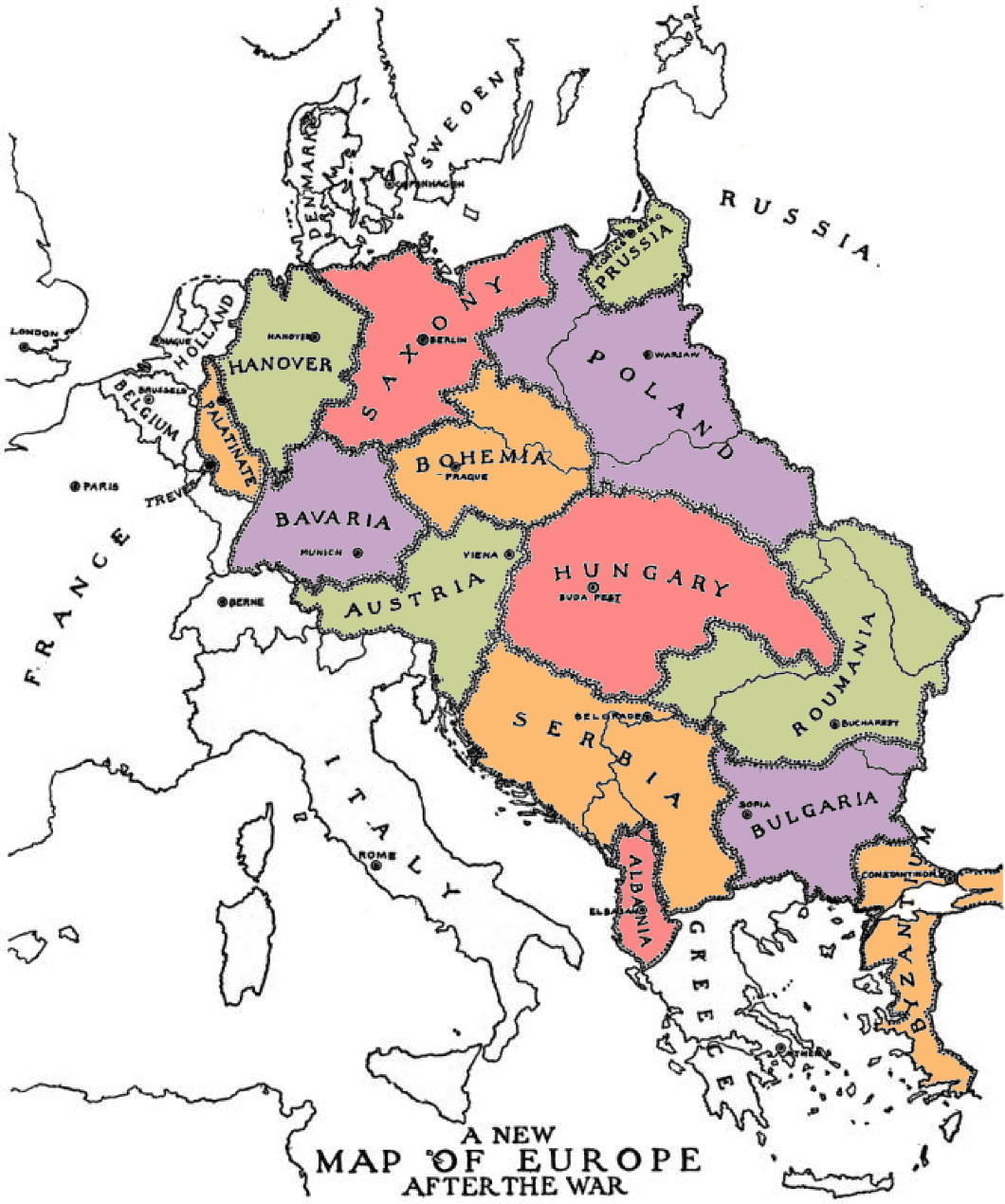
Ralph Adams Cram was not just one of the most influential American architects of the first half of the twentieth century: he was a rounded intellectual who expressed his thinking in fiction, essays, and books in addition to the buildings he designed.
Cram (and arguably even more his business partner Goodhue) had a gift for bringing the medieval to life in a way that was neither archaic nor anachronistic but instead conveyed the gothic (and other styles) as living, organic traditions into which it was perfectly legitimate for moderns to dwell, dabble, and imbibe.
His literary efforts include strange works of fiction admired by Lovecraft and political writings inviting America to become a monarchy. These have value, but it’s entirely justifiable that Cram is best known for his architectural contributions.
All the same, amidst the clamours of the First World War this architect of buildings played the architect of peoples and sketched out his idea of what Europe after the war — presuming the defeat of the Central Powers — would look like.
In A Plan for the Settlement of Middle Europe: Partition Without Annexation, Cram set out his model for the territorial redivision of central and eastern Europe “to anticipate an ending consonant with righteousness, and to consider what must be done… forever to prevent this sort of thing happening again”.
Cram, who provided a map as a general guide, predicted the return of Alsace-Lorraine to France, Schleswig-Holstein to Denmark, the Trentino and Trieste to Italy, much of Transylvania to Romania, Posen to a restored Poland, and Silesia divided in three.
Fundamental to the architect’s thinking was that “neither Germany, Austria-Hungary, nor Turkey can be permitted to exist as integral or even potential empires”. Austria and Hungary would be split and Germany needed to be partitioned (not, as some later plans had it, annexed). (more…)
Articles of Note: 5.II.2020
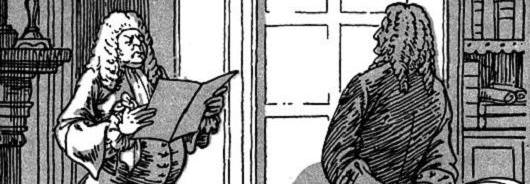
• Some enthusiasts like to go bird-watching, but James Panero of The New Criterion likes to go house-watching. “[O]ur country is fertile ground for good house-watching. Fine examples, of just about any style of any period, abound. What stories they tell if only we listened to their calls.”
• Psephologists are still extrapolating ideas and conclusions from the results of December’s general election here in the UK that handed Boris Johnson a handy majority. One of the most important analyses comes from the philosopher John Gray in the New Statesman: Why the Left Keeps Losing.
• For years, EU leaders have insisted that Brexit would be a disaster for Britain, leaving your country hopelessly isolated, Alexander von Schoenburg, the editor of Europe’s highest-selling newspaper, reports from Berlin. “According to the relentless propaganda of the pro-EU cause, Europe would forge ahead on the global stage, ever more united, while the UK would slide into insularity and decline. But that narrative is starting to look like a delusion.”
• British liberals have created a Europe of their imagination, Ed West writes at UnHerd. But how closely does it resemble reality?
• As the founder of the Anglo-Gaullist Working Group I often ask myself “What would de Gaulle do?” James Pinkerton (the American Conservative) argues that when it comes to Afghanistan, the great Frenchman would advise President Trump to stand his Deep State antagonists down and bring the troops home.
• For centuries Spain faced a perfect storm of enemies that fostered an anti-historical legacy of lies collectively known as the Black Legend. In the University Bookman, Alberto M. Fernandez reviews the surprise Spanish best-seller written by a woman who, according to one newspaper, “has liberated thousands of ideological hostages from a national cancer”.
Search
Instagram: @andcusack
Click here for my Instagram photos.Most Recent Posts
- Burns Tower April 19, 2024
- Patrick in Parliament March 18, 2024
- Articles of Note: 13 March 2024 March 13, 2024
- Cambridge March 9, 2024
- Taken on Trust March 4, 2024
Most Recent Comments
Book Wishlist
Monthly Archives
Categories

